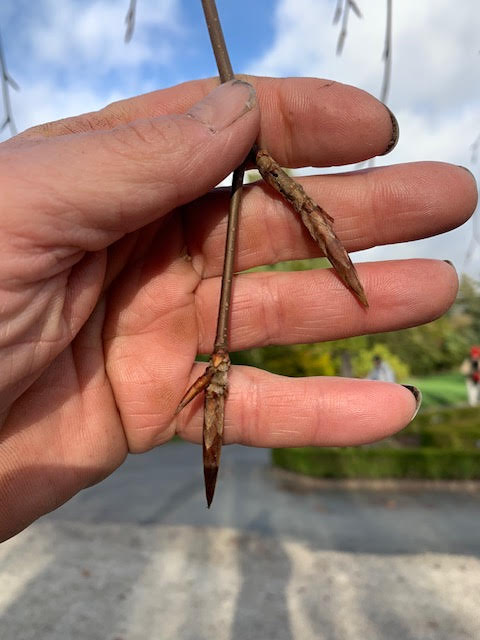The problem
As soon as I took a look at the lady’s small sparse lawn, I understood her frustrations. She lives in a strata and the lawn is a skinny rectangle where grass barely holds on. Of course, this was in early January so you can’t really judge the patch; I’m sure it looks better in May.
Still, it’s a small patch, and a tall spruce tree towers right above it, which means plenty of shade and acidic needles raining down on it all year. Grass needs plenty of light to thrive.

Can you switch to turf?
Yes, you can but it will cost you. The homeowner got one $2,500 quote and gave up. Normally you would get at least three quotes but, clearly, it was too expensive. Considering the cost of living in 2025 Canada and Donald Trump’s tariff threats, plastic turf is a luxury, not a necessity.
Why is it so pricey? You have to pay for materials and labour, follow the steps outlined below and deal with poor access. There is only stair access which means heavy labour.
Plastic steps
Step one involves removing the old grass and maybe one to two inches of soil, then levelling it nicely. All of this excess dirt has to be walked down stairs.
Once this initial step is completed, you have to install crushed rock which forms the firm base for your plastic turf. And, again, this is a nightmare for the underpaid hired hands because they have to walk it up the stairs, probably in buckets.
Raking and compaction follow. The machine can be lifted up the stairs but it won’t be pleasant. Then you run it over the rock base to make sure it’s solid.
The last step involves installing the turf and anchoring it with pins.
$2,500 seems like a lot of money to switch a small rectangular patch of grass to turf but there’s considerable labour involved, plus the cost of materials.

What CAN you do?
Well, we pruned the spruce tree, taking out some of the lower branches but nothing too crazy. There are privacy issues because the spruce tree forms a natural barrier between neighbours who may or may not want to see each other too much. But it should let more light in.
You can also get rid of the needles periodically and apply lots of lime to try and lower the pH level. When the soil is too acidic the grass plants may not be able to get or use available nutrients.
Water and fertilize liberally.
Conclusion
I love this example: not every homeowner is ready to shell out thousands for plastic turf. Not that I like plastic turf. Personally, I would keep the weak lawn even if my pockets were deep.





























